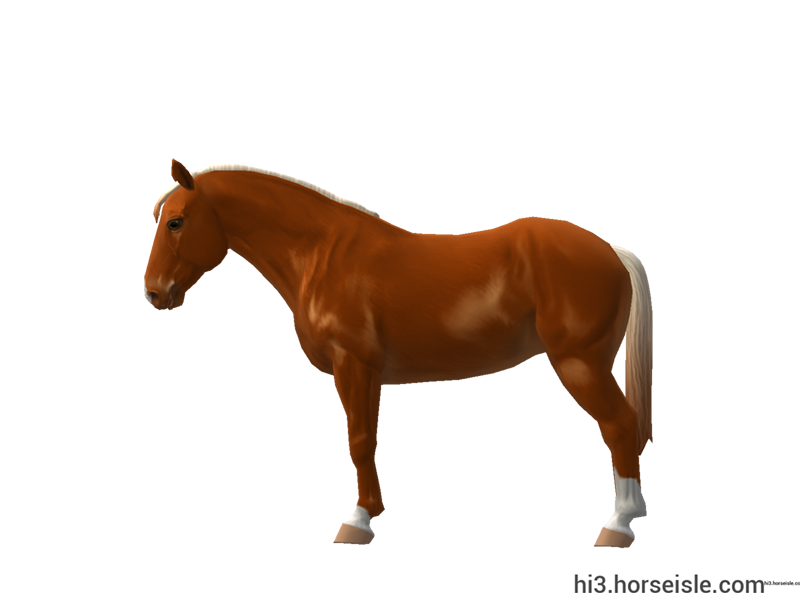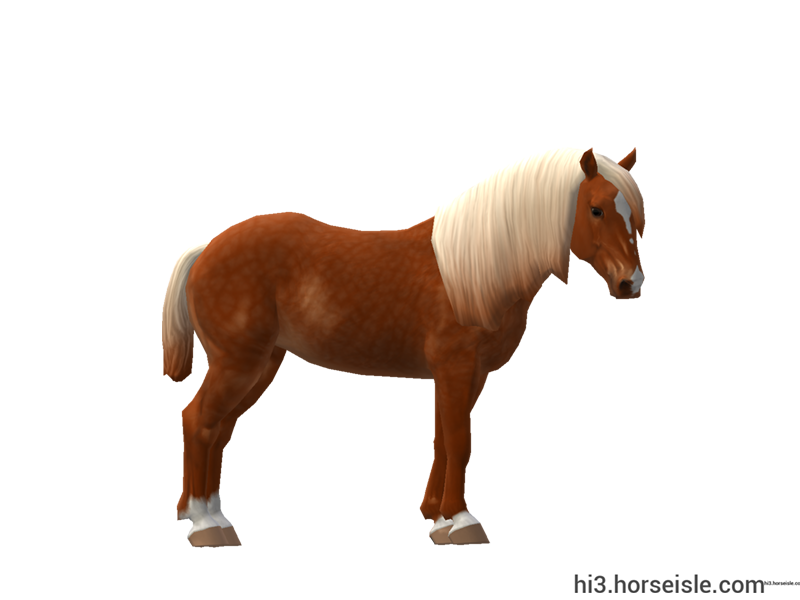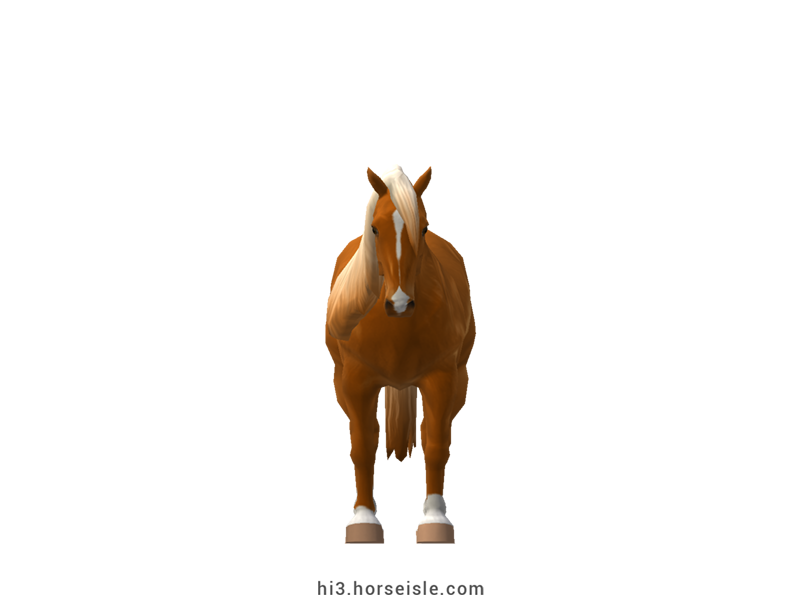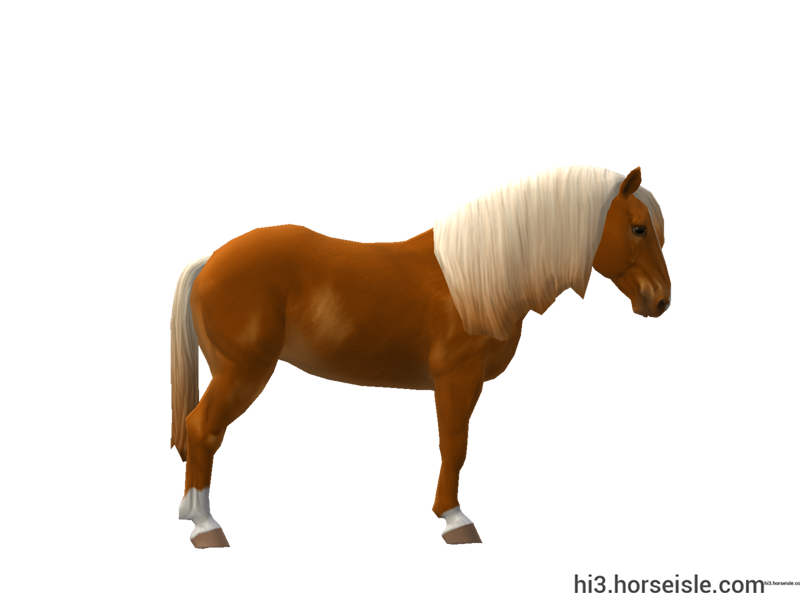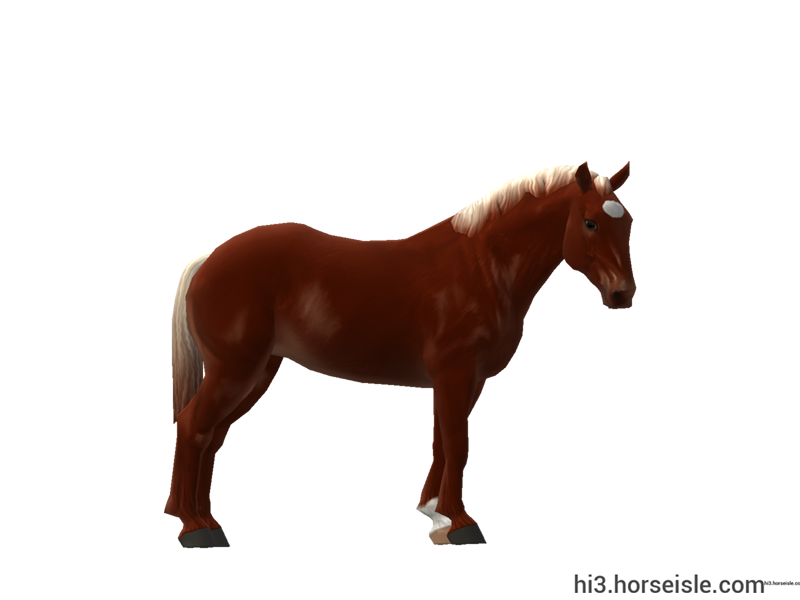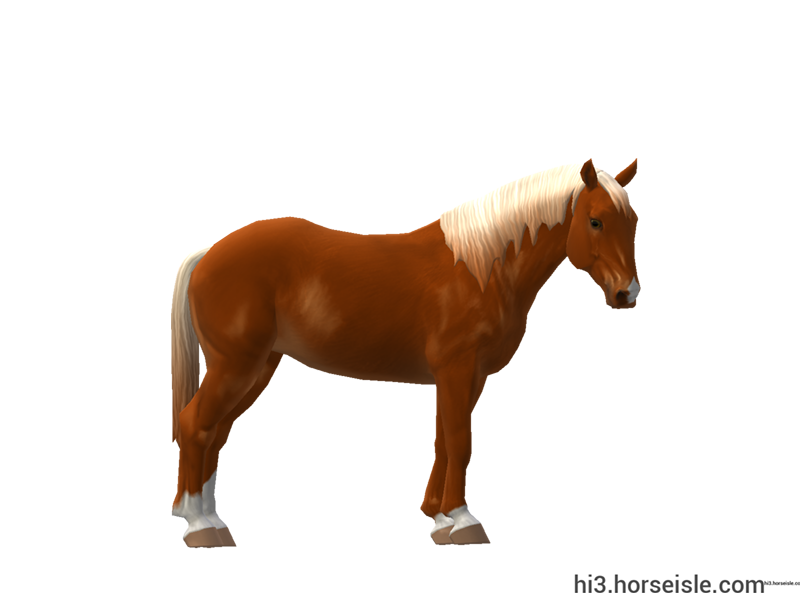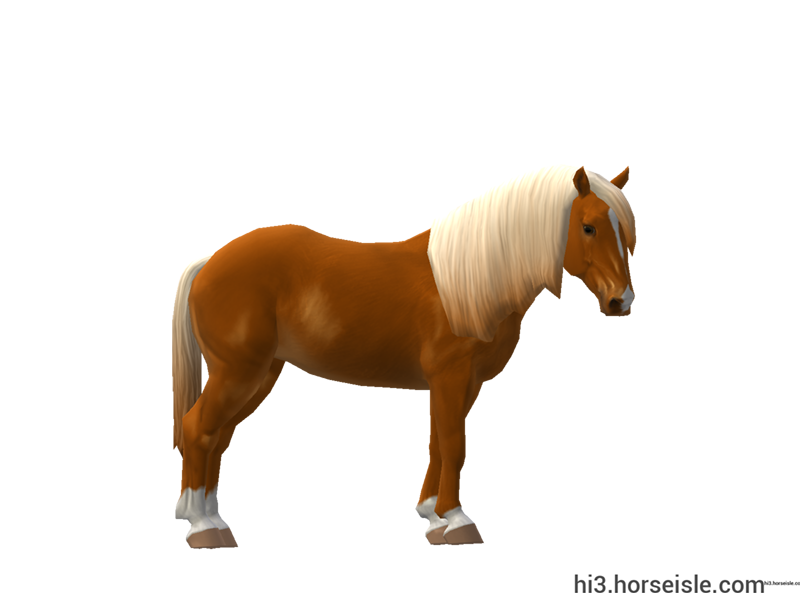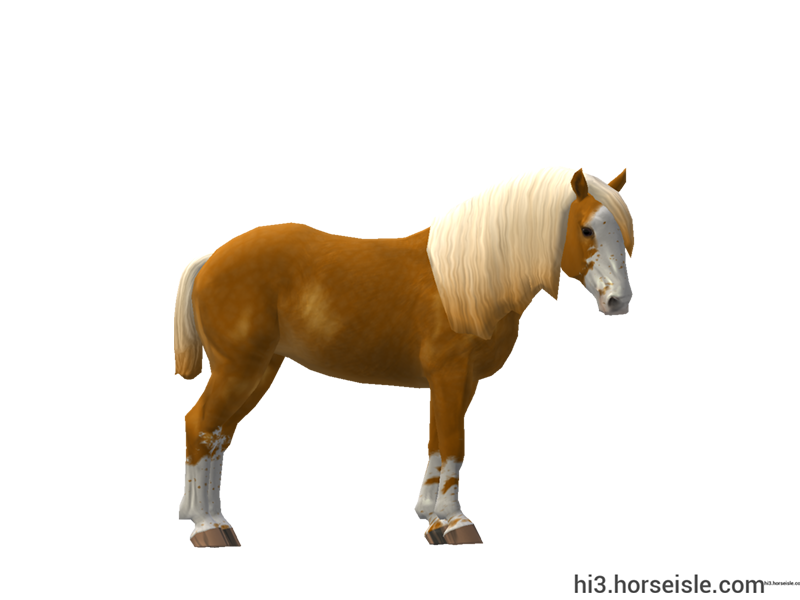Our Massive Real World Equine Reference!
[ INDEX ] Equine Type: Horse Breed: Flemish [ PREV ] [ NEXT ]
Do not confuse the Flemish with...
Flemish horses are sometimes confused with the American Belgian due to their almost identical appearance, but the two are separate breeds with different histories.
Flemish horses ('Vlaam Paard') are also often confused with Vlaamperd horses due to the similar name, but then again, the two are completely different breeds, the first being a Belgian one while the second originated in South Africa.
A legendary Medieval cavalry horse:
The Flemish horse was created during the Middle Ages, and while the exact year in which it was created is unknown, we do know that by the 11th century Flemish horses already roamed in Belgium. These horses became famous for their strength and endurance, two traits which made them among the best cavalry horses at the time.
During the 12th and 13th centuries, Flemish horses were exported to other European countries, where they influenced the local horses, and left their mark over many heavy breeds.
From a cavalry horse to farm horse:
During the 14th century, armies in Europe started to use light and agile horses for their cavalries, instead of heavy draft horses. Therefore, the use of Flemish horses for cavalry purposes declined.
In parallel, thanks to their strength, the use of Flemish horses for farm work increased, and by the 15th century almost all Flemish horses worked in farms. Over the next centuries, several strains of Flemish horses were developed, each adapted to work in different terrains and on different types of soil.
Going extinct in Europe:
The 19th century was a turning point for the Flemish horse. First, many Flemish horses were exported to the USA, which meant that Flemish horses were to be found there as well. Secondly, more and more Flemish horses were crossed with another Belgian heavy draft breed: the Brabant.
In 1886, the studbook of the Flemish breed was united with the studbook for Brabant horses, which meant that Flemish horses were no longer kept purebred. Eventually, in the first half of the 20th century, the Flemish breed was fully absorbed into the Brabant breed. This meant that the Flemish, an old, if not the oldest, Belgian breed went extinct in Europe.
Re-discovered on Amish farms:
As mentioned above, Flemish horses were exported to the USA during the 19th century. Some of these horses ended up in Amish communities, who bred them and maintained the Flemish breed well into the 20th century.
In 1992, several horse breeders, led by Roget Talpe, discovered the Flemish horses owned by the Amish. In 1993, they imported a chestnut Flemish stallion called Northfork Duke to Belgium, and started to recreate the Flemish breed using local draft mares.
The Flemish today:
In 2005, the Flemish was officially recognized as a breed, and ever since then it was bred in low numbers.
Today, the Flemish is a rare breed, but the breeding efforts are active, with Flemish horses being imported from the USA at times to introduce new blood into this breed. The Flemish is mostly used for driving although it can also be ridden.
The Flemish vs. the Belgian draft:
The appearance of Flemish horses can be almost identical to the appearance of American Belgians: their conformation is extremely similar, they both have only little feathering, and they even come in the same flaxen chestnut color.
That said, the two are different breeds which come from different breeding programs and should be treated as such.
Conformation:
Flemish horses are leaner and taller compared to most other heavy draft breeds, reaching as tall as 17.3hh. While their neck is thick and muscular, and their body is muscular and wide, their legs are longer than the legs of more other draft breeds.
The mane and tail can be straight or wavy and be anywhere from short to long in length, and the legs have light-to-medium feathering.
Performance metrics:
The following are the: range, average, (SD), and MOE of performance metrics of ordered Flemish Horses in Horse Isle (not bred ones). In rare cases,
Speed: 13.8-15.5, 14.5 (0.4), 0.07.
Sprint: 28-43, 36 (3), 0.58.
Accel: 0.68-0.91, 0.79 (0.04), 0.01.
Decel: 0.97-1.13, 1.05 (0.04), 0.01.
Jump: 4.75-5.10, 4.92 (0.08), 0.01.
Pull: 3.71-4.44, 4.05 (0.16), 0.03.
Turning: 42.24-54.20, 48.26 (2.93), 0.57.
Reverse: 2.0-2.5, 2.3 (0.1), 0.02.
Stamina: 50.83-56.11, 53.64 (1.11), 0.22.
Reaction: 0.79-0.87, 0.84 (0.02), 0.00.
Coats & Height:
Coat: always flaxen chestnut in color and usually has white markings on the face and legs, either regular white markings or sabino ones.
Additionals: mealy, white-spotted sabino (restricted to face and legs).
* no brindle.
Height: 16.1hh* to 17.3hh.
* The minimal height accepted for this breed is 17.1hh for stallions and 16.3hh for mares and geldings, but some Flemish horses are shorter and stand only 16.1hh.
[ INDEX ] [ PREV ] [ NEXT ]

